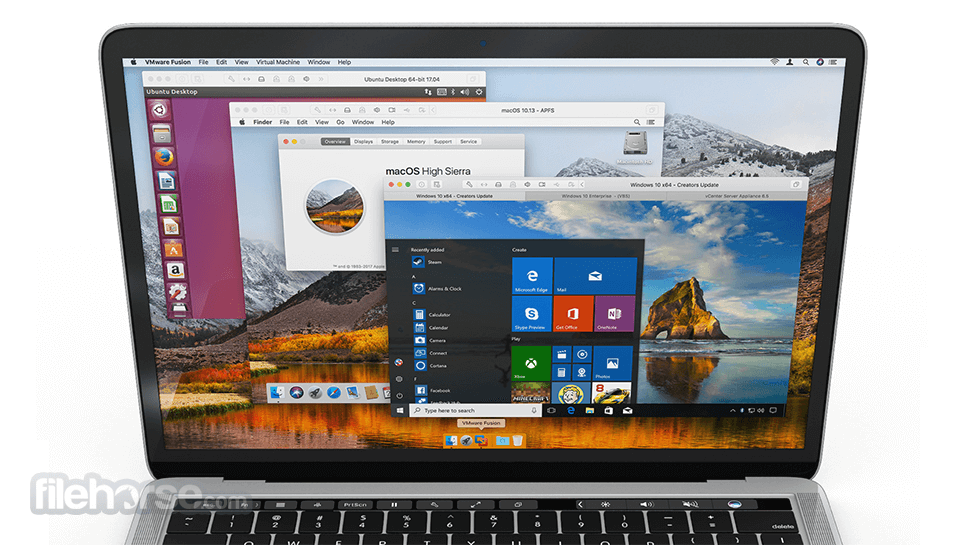

Whatever you decide, just make sure you stay in the green. I have 16GB of RAM in my desktop, so I decided that 4GB was right for my configuration. For the x86 version, you'll need at least 1GB of RAM. Now, you need to decide how much RAM you want to allocate for this VM. Make sure your "Type" is set to "Microsoft Windows," and your "Version" is set to "Windows 10." Just make sure you match the 圆4 version with a 64-bit VM, and the x86 version with a 32-bit VM. Press the "New" button, and name your virtual machine. Go through the installation process, and then launch the application. Go to the VirtualBox website, and download the latest version (Opens in a new window) of Oracle's free, open source software.
Vmware fusion m1 iso#
You can use this tool to create an ISO file locally, or you can follow these additional instructions (Opens in a new window) if you want to download the ISO manually without being forced to grab the tool first. (Opens in a new window) If you are a Windows user, MS will prompt you to download the Media Creation Tool before allowing you to download an OS image.
Vmware fusion m1 windows 10#
Download the Windows 10 ISOįirst off, head over to the Windows 10 download page.
Vmware fusion m1 software#
Parallels has explicitly shipped (Opens in a new window) software that does support x86 VMs on M1 systems.VMWare has announced (Opens in a new window) that Linux, not Windows, is its priority as far as Mac support is concerned. On Mac, there are solutions like VMWare Fusion and Parallels, but, VMWare Fusion has no near-term plans to support x86 architecture VMs on M1 solutions. VMWare Workstation Player is another option. Note: While this guide uses VirtualBox, it is not the only free VM software available.

Luckily, setting up Windows 10 in a VM isn't particularly difficult. If you have to deal with files you can't trust, need to test multiple OS installations on the same system, or need access to the operating system without wanting to use it as a daily driver, using it a VM offers access to its features and capabilities without worrying about needing to keep the OS installation around long-term. The VMware Fusion Tech Preview can be downloaded from the VMware website.There are a lot of practical reasons to set up an OS like Windows 10 in a VM rather than using it as a native installation. While in the testing period, VMware Fusion will be free to use. VMware says that it is looking for feedback from users in order to iron out kinks and add new capabilities in preparation for more formal support later this year. Ubuntu 20.04.4 and 22.04 for arm64 are not currently booting (Ubuntu 20.04.4 builds from July 5 and onward) We are working to resolve this.macOS virtual machines are out of scope for this release, but it's something we're looking into.Fusion will not support running VMs across different architectures.At the current time, Fusion on Apple silicon devices is "still a work in progress" and there are some limitations to be aware of. While the new functionality was designed with Windows 11 in mind, VMware says the tools can be used with other VMs too. 3D Graphics HW Acceleration and OpenGL 4.3 in Linux VMs* (Requires Linux 5.19+ & Mesa 22.1.3+).VMtools installation for Windows 11 GOS on M1.Windows 11 on Intel and Apple Silicon with 2D GFX and Networking.Features include Windows 11 support with 2D GFX and networking, VMtools installation for Windows on Apple silicon machines, improved Linux support on Apple silicon machines, and more.


 0 kommentar(er)
0 kommentar(er)
